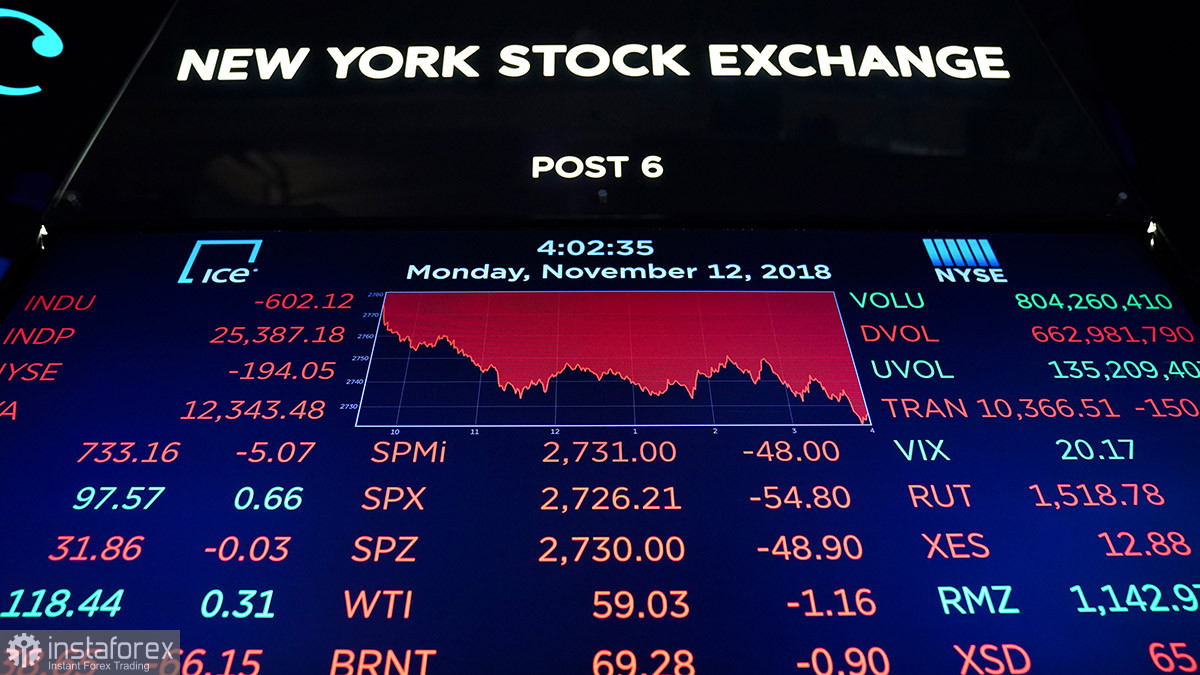
The leading US indices – DOW Jones, NASDAQ, and S&P 500 – closed higher on Monday. We see current investor behavior as illogical because fundamentally, there have been no reasons for buying US stocks. Nevertheless, there could be several scenarios explaining events currently taking place in the stock market. In the first case, this is just a trap for buyers. Current growth is artificial. It will likely end up with new strong sales at better prices than a few weeks ago. In the second case, the market is full of optimism as inflation has fallen to 8.5%. Therefore, it believes that the Fed will no longer be raising the benchmark rate aggressively. In any case, there have been no reasons for active buying. Even if the US regulator announces a 0.5% rate hike in September, it will still be an aggressive move. Moreover, it will take a lot of time until the interest rate reaches 4-4.5%. Finally, we can see an outflow of capital from Europe to the US. Although US investors might not be rushing to buy stocks and indices, European investors might be pitting money in them amid high recession concerns in the European Union. As a reminder, it is the EU that can now boast of positive GDP growth, which can be easily explained. Unlike the Fed, the ECB does not raise the interest rate.
Anyway, we see the US stock market collapsing at least once this year. Otherwise, it will be a curious paradox, with the money supply in the US shrinking, interest rates rising, the economy being on the verge of a recession, and the stock market growing. Still, many FOMC members stress the importance of rate hikes at a faster pace to bring inflation back to 2% as quickly as possible. Of course, the next inflation report, which will be released just a week before the FOMC meeting, will give answers to many questions, in particular, whether the July decline in inflation was accidental. In May, the consumer price index also fell but then accelerated again. If the September report shows a new significant decrease, then the Fed could reduce the pace of rate increases. But even in this case, the rate will still be lifted, which is a negative factor for the stock market. According to Bank of America, a huge number of stocks are now in hands of households, and these households have not participated in sell-offs for six months. Historically, several bearish trends ended after strong sell-offs by households. Many other indicators also signal the continuation of the downtrend.
 English
English 
 Русский
Русский Bahasa Indonesia
Bahasa Indonesia Bahasa Malay
Bahasa Malay ไทย
ไทย Español
Español Deutsch
Deutsch Български
Български Français
Français Tiếng Việt
Tiếng Việt 中文
中文 বাংলা
বাংলা हिन्दी
हिन्दी Čeština
Čeština Українська
Українська Română
Română

